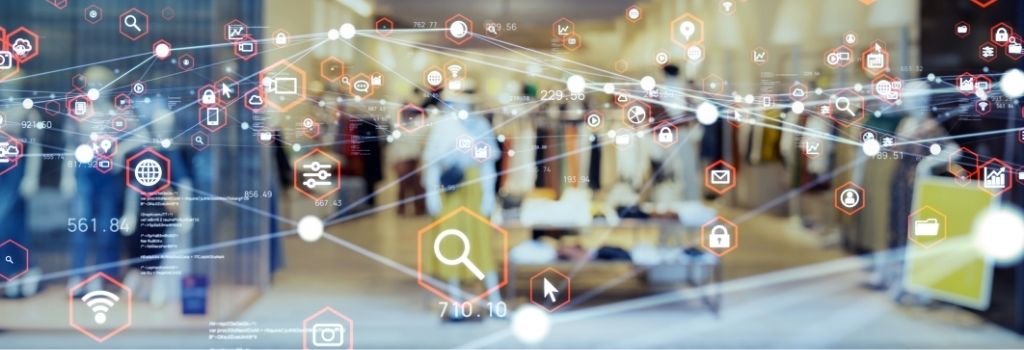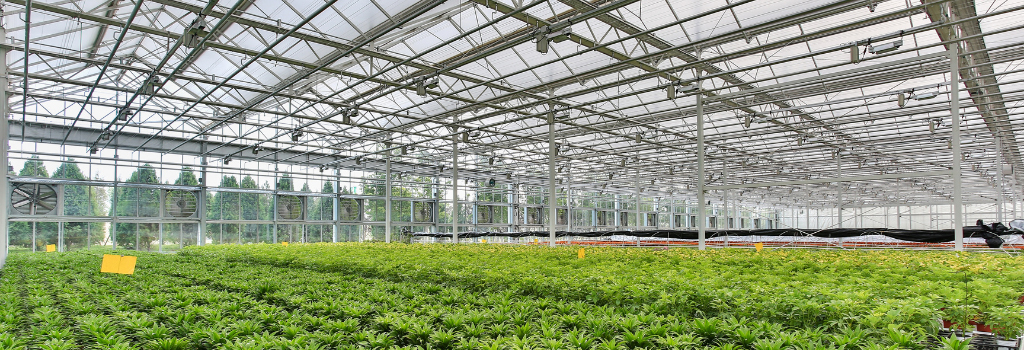- Category: Industrial Automation
Product inspection and defect-detection solutions within smart factories leverage visual inspection technology based on computer vision and deep learning. With the help of visual inspection systems collecting imaging data and feeding it into an inference engine, deep learning algorithms can help differentiate between different products, their parts, and specific characteristics and spot any anomalies. The visual inspection technology running on an appliance can imitate human eyes scanning products at an assembly line.
Read more: Machine Vision AI Appliances for Factory Product Inspection
- Category: Intelligent Systems
Retail (brick-and-mortar and e-commerce) can leverage computer vision to analyze image data and generate insights. With video cameras around a retail store collecting digital images and a Deep Learning (DP) model, the retail store could identify and classify objects accurately and react immediately to what they see. But implementing Computer Vision can be pretty challenging because it needs large sets of data and a scalable and manageable computing power that only the cloud could give.
Read more: Low-footprint Edge AI Platform for Retail Vision Analytics
- Category: Edge AI
Retail (brick-and-mortar and e-commerce) can leverage computer vision to analyze image data and generate insights. With video cameras around a retail store collecting digital images and a Deep Learning (DP) model, the retail store could identify and classify objects accurately and react immediately to what they see. But implementing Computer Vision can be pretty challenging because it needs large sets of data and a scalable and manageable computing power that only the cloud could give.
Read more: Low-footprint Edge AI Platform for Retail Vision Analytics
- Category: Power and Energy
The IoT-based energy-saving and power monitoring solution helps tackle the challenges of maintaining steady power usage across machines, circuits, plant zones, or entire industrial plants, campuses, or office buildings. The smart energy monitoring system tracks energy usage at different levels, which also helps optimize energy consumption and identify machine failures.
- Category: Power and Energy
Our modern society is highly dependent on energy, everything from light and heat in our homes to the massive data centers that support the internet. With the growing complexity of the electrical system and the rise in the number of intelligent electronic devices (IEDs), modern power substations require a high degree of automation and data communication network management to ensure the reliability of supply and efficient operation.
Read more: IEC 61850-3 Software-Defined Server Transforms Substations and Utility Networks
- Category: SD-WAN
The finance industry has always had a fairly tech-forward mindset, and financial institutions have become more aware of the need to adapt to digital transformation. A growing number of retail banks and other financial organizations have begun using the technology to hedge the move to cloud solutions to implement new digital services and develop more customer-centric services.
- Category: Intelligent Systems
Creating and controlling microclimates inside greenhouses for sensitive plants such as orchids, exotic fruits, and mushrooms can be pretty challenging. Although there are some monitoring and controlling systems, such as SCADA, that can control environments for such sensitive plants; these systems have limitations when it comes to connectivity and interoperability.
Read more: Greenhouse Intelligent Monitoring and Control Solution











